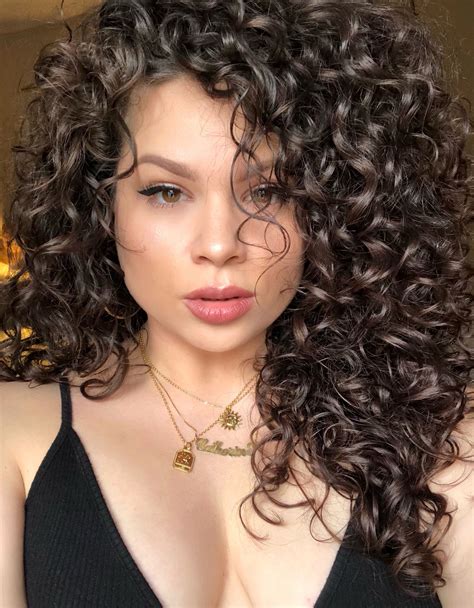The Allure of Natural Curls

Curls, those beautiful and captivating coils, have graced the heads of individuals throughout history, embodying a sense of individuality and charm. With 52% of women worldwide possessing curly hair, it’s no wonder that natural curly cuts have become increasingly popular in recent years.
Curly Hair Type Chart
To better understand and care for curly locks, let’s dive into the Andre Walker Hair Typing System for curly hair:
| Type | Curl Pattern |
|---|---|
| 2a | Loose, S-shaped curls |
| 2b | Defined S-shaped curls |
| 2c | Tight, S-shaped curls |
| 3a | Loose, ringlet curls |
| 3b | Defined, springy curls |
| 3c | Tight, corkscrew curls |
| 4a | Coily, S-shaped curls |
| 4b | Zigzag, Z-shaped curls |
| 4c | Tight, wiry curls |
Pain Points of Curly Hair
While curls may bring joy, they can also pose challenges:
- Dryness and Frizz: Curly hair tends to be drier than straight hair due to its irregular cuticle structure, which can lead to frizz.
- Tangling and Breakage: The coils and bends in curly hair can easily tangle, causing breakage and damage.
- Styling Difficulties: Styling curly hair can be time-consuming and tricky, as traditional techniques may not work effectively.
Motivations for Embracing Natural Curly Cuts
Despite these challenges, embracing natural curly cuts offers numerous benefits:
- Enhanced Confidence: Curly hair is often associated with femininity, strength, and individuality, boosting self-esteem.
- Reduced Damage: Avoiding chemical treatments and tools that can damage hair promotes healthier curls over time.
- Time Savings: Natural curly cuts require less styling, saving time and reducing hair manipulation.
Benefits of Curly Cuts
Natural curly cuts provide countless benefits:
- Definition and Volume: Curly cuts enhance the definition and volume of natural curls, creating a more polished and stylish appearance.
- Reduced Frizz: Specialized cutting techniques help reduce frizz and promote smoother, more manageable curls.
- Enhanced Texture: Curly cuts create a more even distribution of texture, highlighting the unique characteristics of each curl pattern.
Comparison of Curly Cut Techniques
1. DevaCut
- Uses a technique called dry-cutting, performed on dry hair to preserve its natural shape.
- Pros: Enhances curl definition, reduces frizz, and minimizes damage.
- Cons: Can be time-consuming and expensive.
2. Curl by Curl
- Involves cutting each curl individually, creating a more customized shape.
- Pros: Allows for precise shaping and definition, suitable for tighter curl patterns.
- Cons: Can be labor-intensive and time-consuming.
3. Razor Cutting
- A technique that uses a razor to remove excess weight and bulk from the hair.
- Pros: Creates a lighter, more layered look, reducing frizz and adding volume.
- Cons: Requires experienced stylists to avoid damage.
4. Wet Cutting
- Performed on wet hair, allowing the stylist to see the shape of the curls as they dry.
- Pros: Provides a more precise cut for damp or curly hair textures.
- Cons: Hair may shrink as it dries, altering the desired shape.
Painlessly Perfect Curls
To achieve painlessly perfect curls, consider these tips:
- Regular Trims: Get regular trims to remove split ends and encourage healthy hair growth.
- Avoid Over-Washing: Over-washing can strip hair of its natural oils, leading to dryness.
- Deep Conditioning: Deep conditioning nourishes and moisturizes curls, promoting softness and shine.
- Detangling: Detangle hair gently with a wide-toothed comb or a detangling brush.
- Protective Styling: Wear protective hairstyles like buns or braids to prevent damage while sleeping.
Embrace Your Curls
Embracing natural curly cuts is about celebrating the unique beauty of your curls. With the right care and styling techniques, you can create stunning and healthy curls that exude confidence and style.
